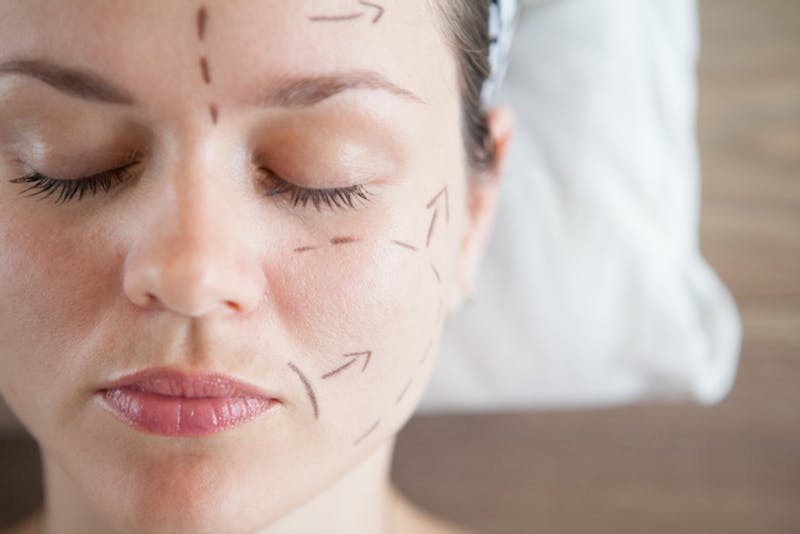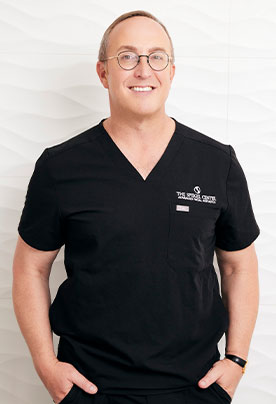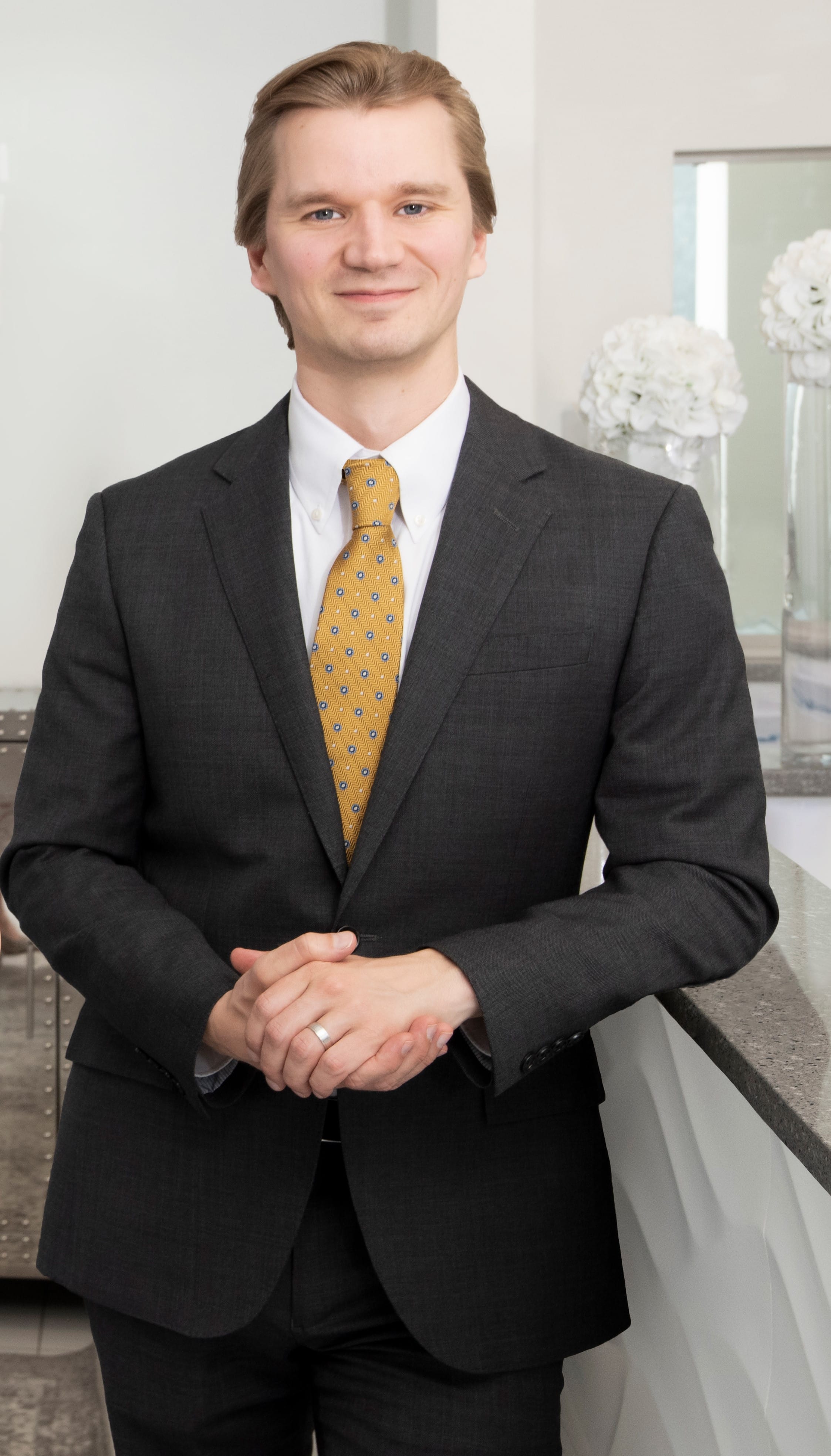
There are three basic things we can do to change how someone looks: reposition, add, or remove. If you want fuller lips we can add volume with a filler such as Versa, Juvederm, or Restylane. If you have too much neck fat we’ll remove volume such as with fat freezing or liposuction. If your ears stick out I can reposition them to a more attractive position. Sometimes it’s a combination that is necessary. For a facelift I reposition the facial tissues and remove the excess. In a rhinoplasty I reposition the nasal cartilages and may remove (such as a hump on the nose) or add (such as when the nose is too flat, too weak, or too narrow).
When we add we still have choices regarding what to use. The material can be natural or synthetic. It can be from your own body (autologous) or come from another person (homograft). It can come from an animal (xenograft). An example of a xenograft would be collagen injections for wrinkles. These came from cows. They were very soft and natural injections but didn’t last very long so aren’t used much any longer. An autologous implant might include cadaver rib cartilage. It is treated to reduce the risks of rejection or infection and can be used, for example, when we need to add tissue to the nose but you don’t want your own rib cartilage used.
Homologous grafts are things like fat grafting where we take the grafts from one part of your body to move to another. Other homologous graft are dermis, fascia, cartilage, and hair. One very interesting fact is that homologous grafts retain the properties of where they came from regardless of where you put them. This means that if we take a hair from the back of the head (where hair doesn’t fall out) and move it to the front of the head (where hair does fall out) the transplanted hair retains the ability to persist. That’s why hair grafts work and aren’t quickly lost.
There are synthetic fillers which are manufactured out of natural products. Versa, Juvederm, Restylane, Voluma, and other hyaluronic fillers are made in a laboratory but are made of a material that is naturally found in the skin. As a result they are very well tolerated and longer lasting. One of the earliest hyaluronic fillers was Hylaform (or Hylan B) which was hyaluronic acid that came from birds. Specifically, it was taken out of rooster combs (which made that particular filler are xenograft, of course). Permanent synthetic fillers include things like silicone, goretex, and metal.
Silicone comes in three basic forms for use in plastic surgery. The first is as a liquid. Micro silicone droplets have been used as an injectable filler for many years. These are used just as we would use Versa today and were injected into the cheeks, lips, or other areas. The problem with injectable silicone is that it can cause an inflammatory reaction even many years later. We’ve seen people who have a terrible deforming reaction to silicone injections even 30 years after it was placed. In fact, we recently published a medical article describing a person who had fillers put in their tear troughs and eyelids by a person in another country. The filler was done 10 years ago and recently swelled up. It was silicone. We had to remove it surgically. Removing liquid silicone injections must be done surgically and is not easy. It is also not necessarily the case that we can get it all out.
There are other types of liquid silicone which are safe. Liquid or gel silicone that is enclosed in a wrapper or bag is safe to use. It’s only when it is injected that there is a problem. The safer type is found in silicone or “gummy bear” type breast implants. There were some thoughts at one point that these implants could cause problems if they leaked, but that has been largely disproven. Most people opt for gummy bear implants now as they are safe and natural in how they move and feel.
Solid silicone can come in various degrees of firmness. Soft solid silicone can be used as a permanent filler in the lips. Permalip Softform implants are an example of this. These are slid into the lips (upper, lower, or both) and provide a soft, natural, permanent fullness. Silicone implants like these are easy to put in, and can be removed at any time if desired.
Firmer solid silicone implants can be used as cheek or chin augmentation. I like these types as they are well tolerated, easy to put in, and easy to take out. They come in many sizes and can be customized for each individual to fit perfectly. Many people are asymmetrical so we can carve the implants to improve symmetry while providing just the right size and location of fullness for the cheeks.
There are many other implants we use. Polytetrafluoroethylene is a plastic like material that can be altered to make Goretex, which is soft, or Teflon. And, of course, very small metal implants can be used to secure bone in place as it heals. These are made of titanium so they don’t “go off” at the airport, in an MRI machine, or with a metal detector.
There are many implants we can use to get just the right augmentation and improvement. Using the right tool for the job gets things right for the long run.





